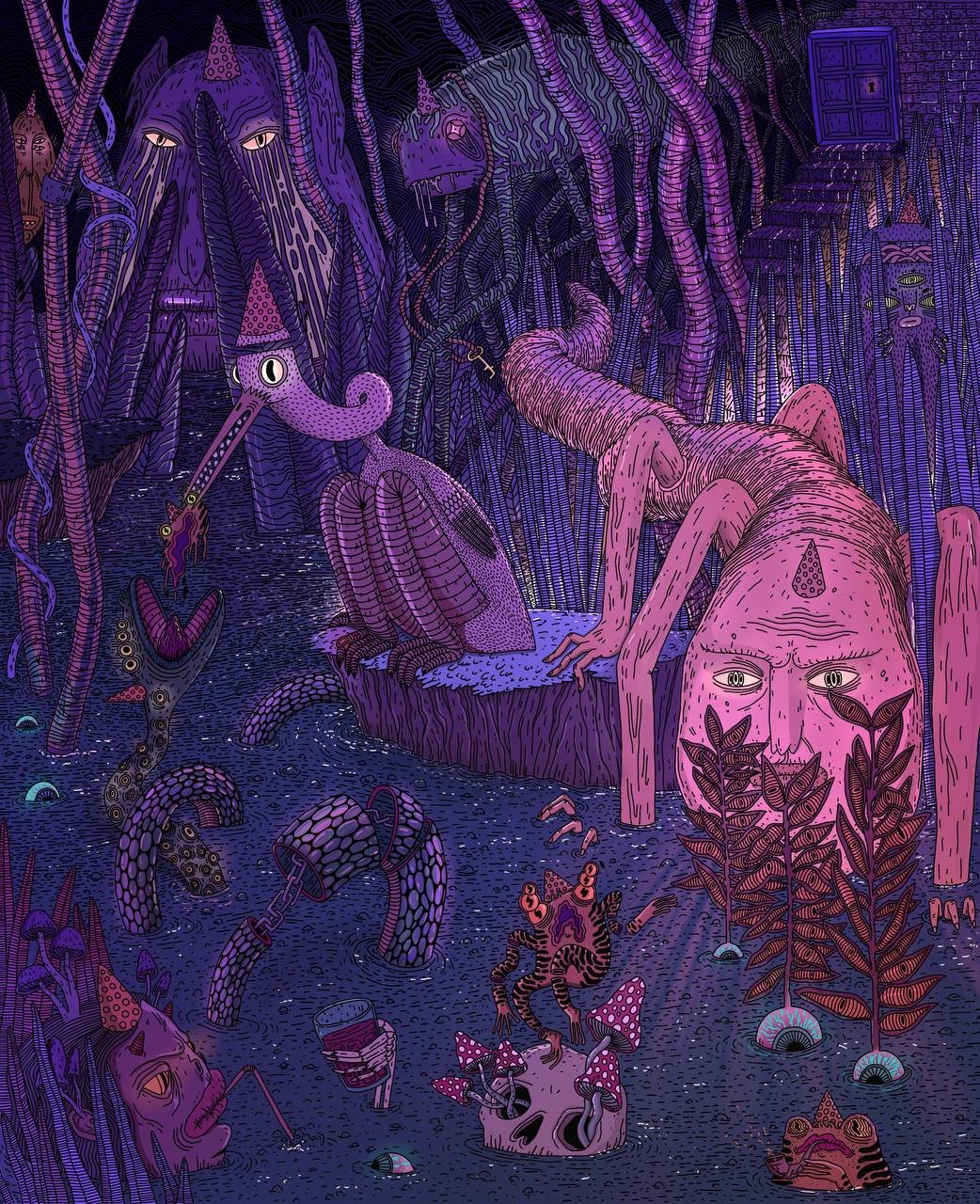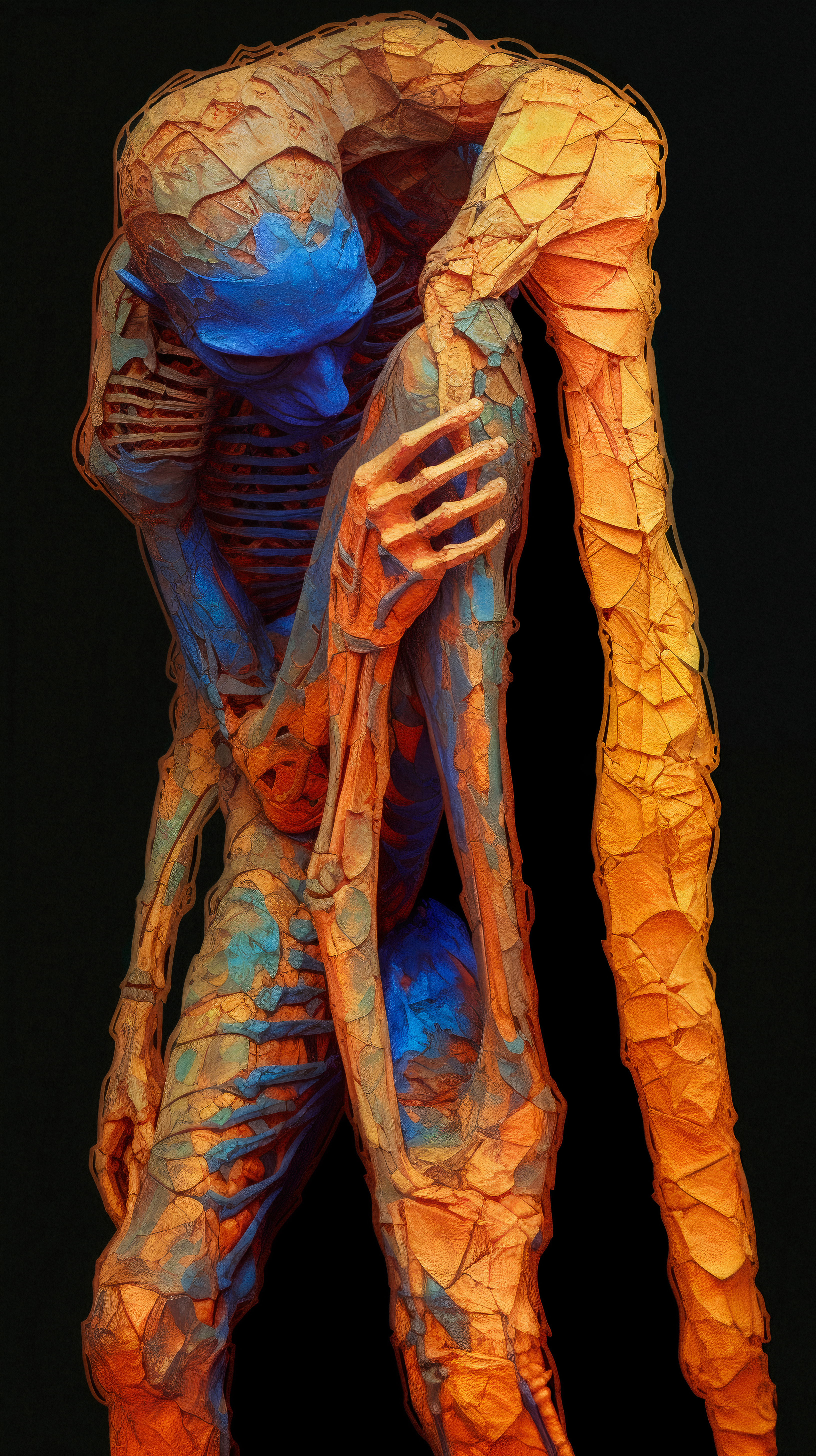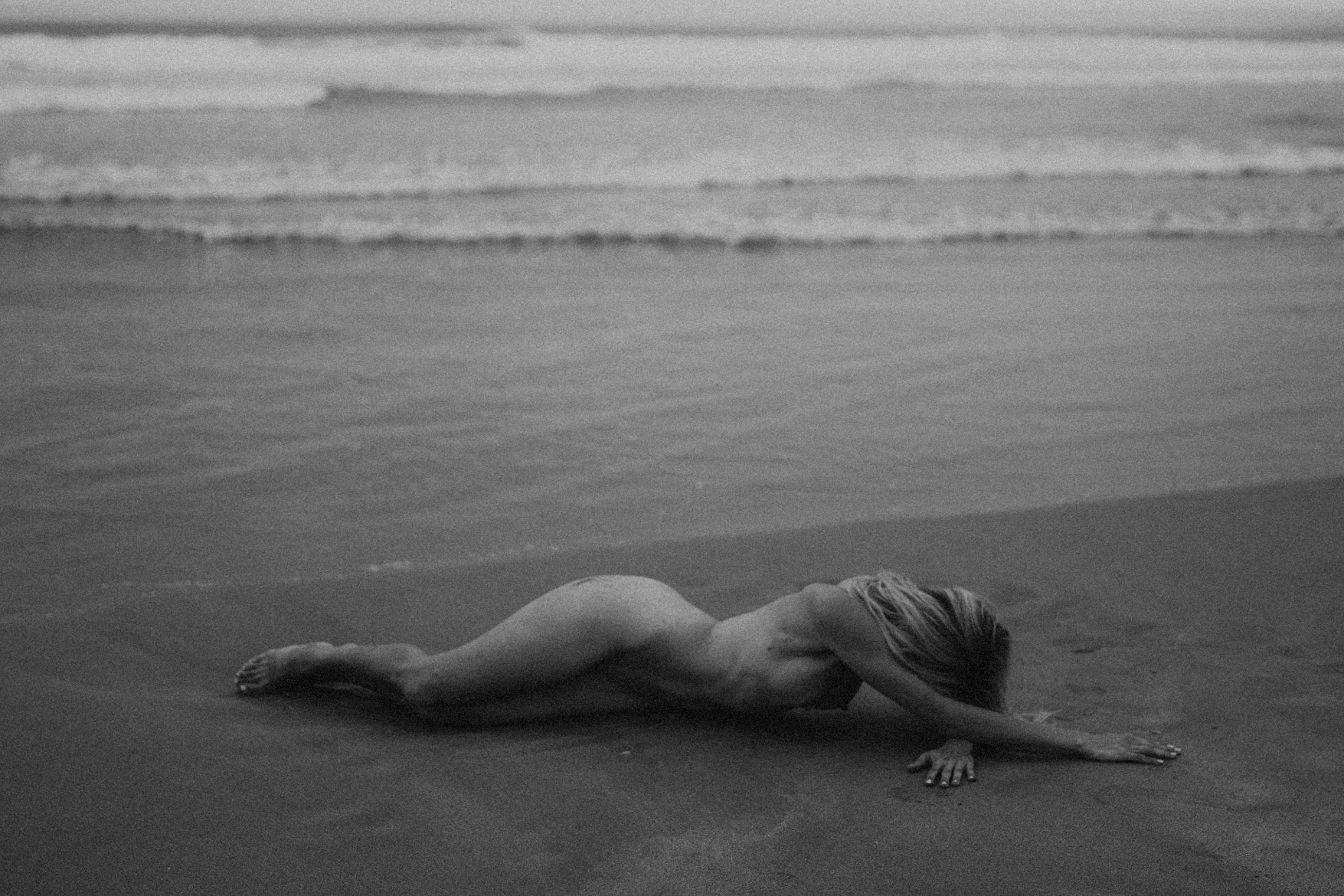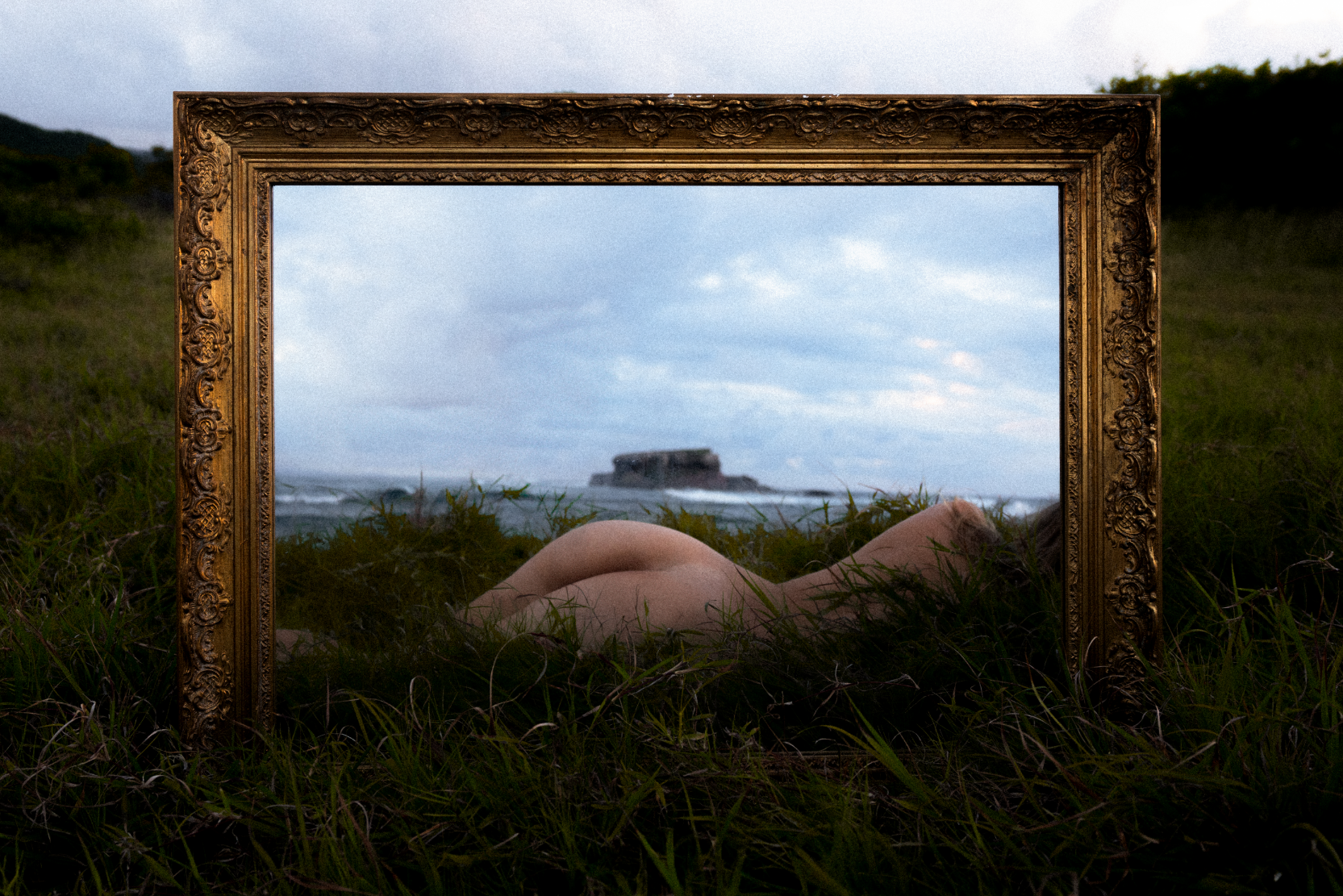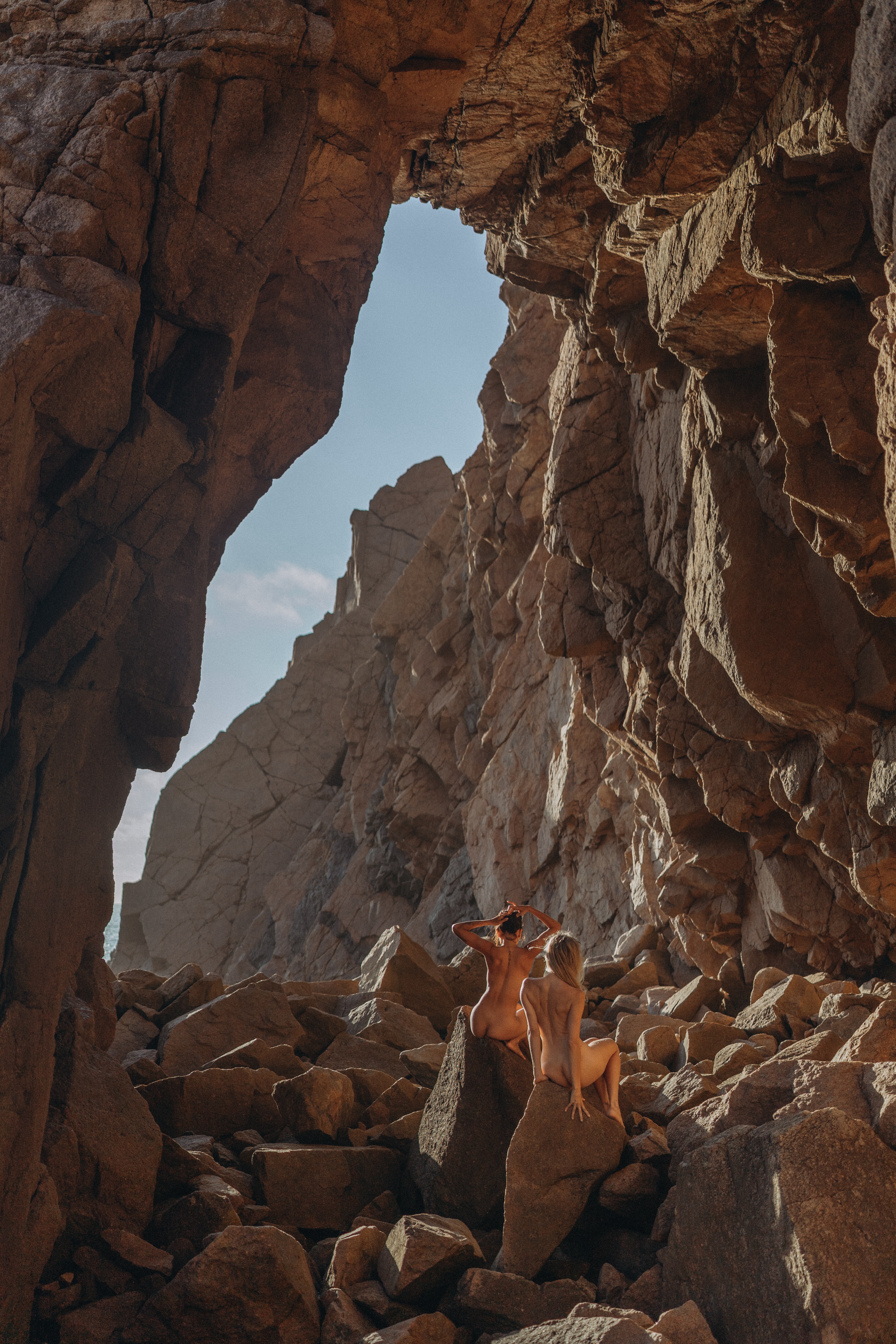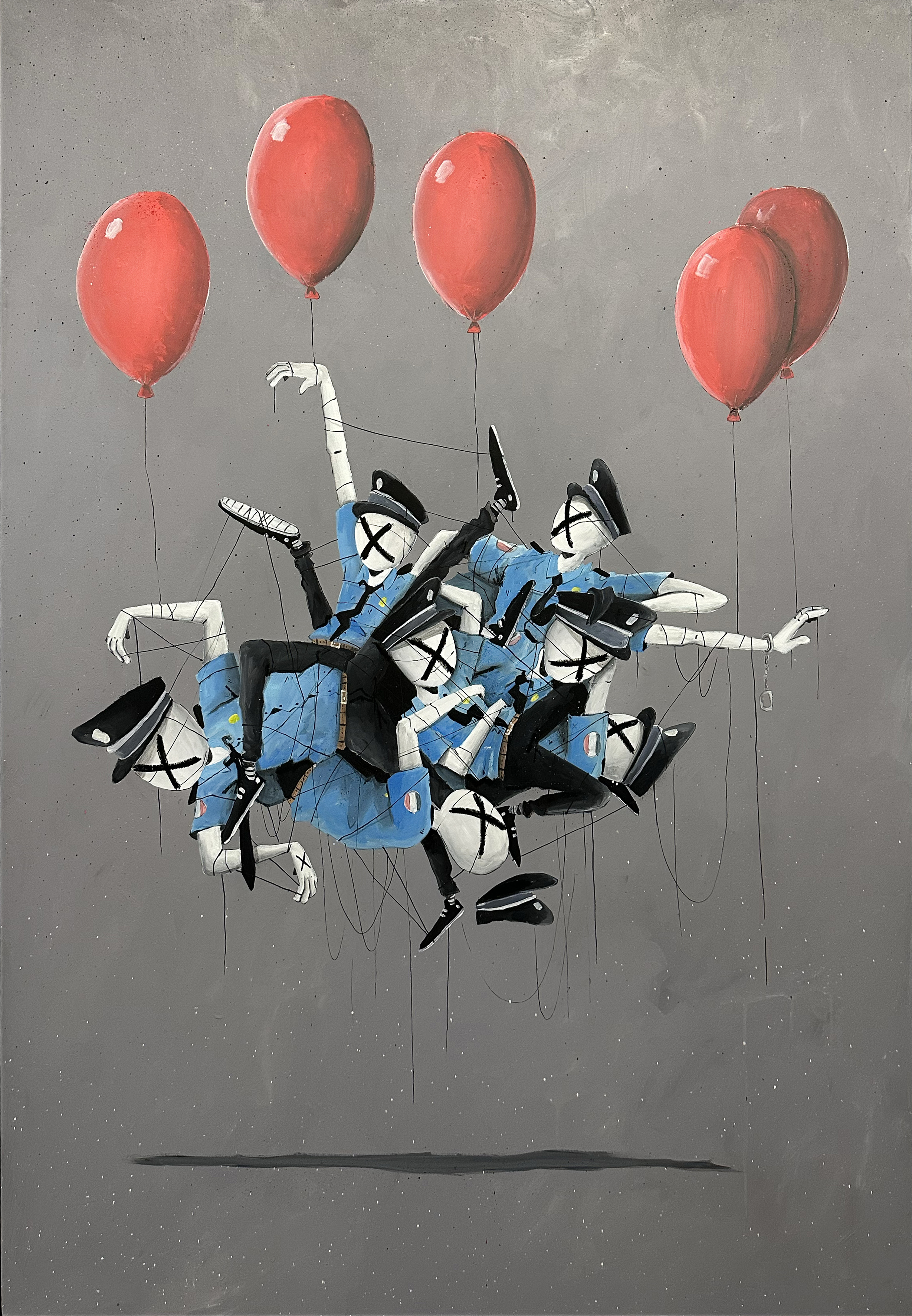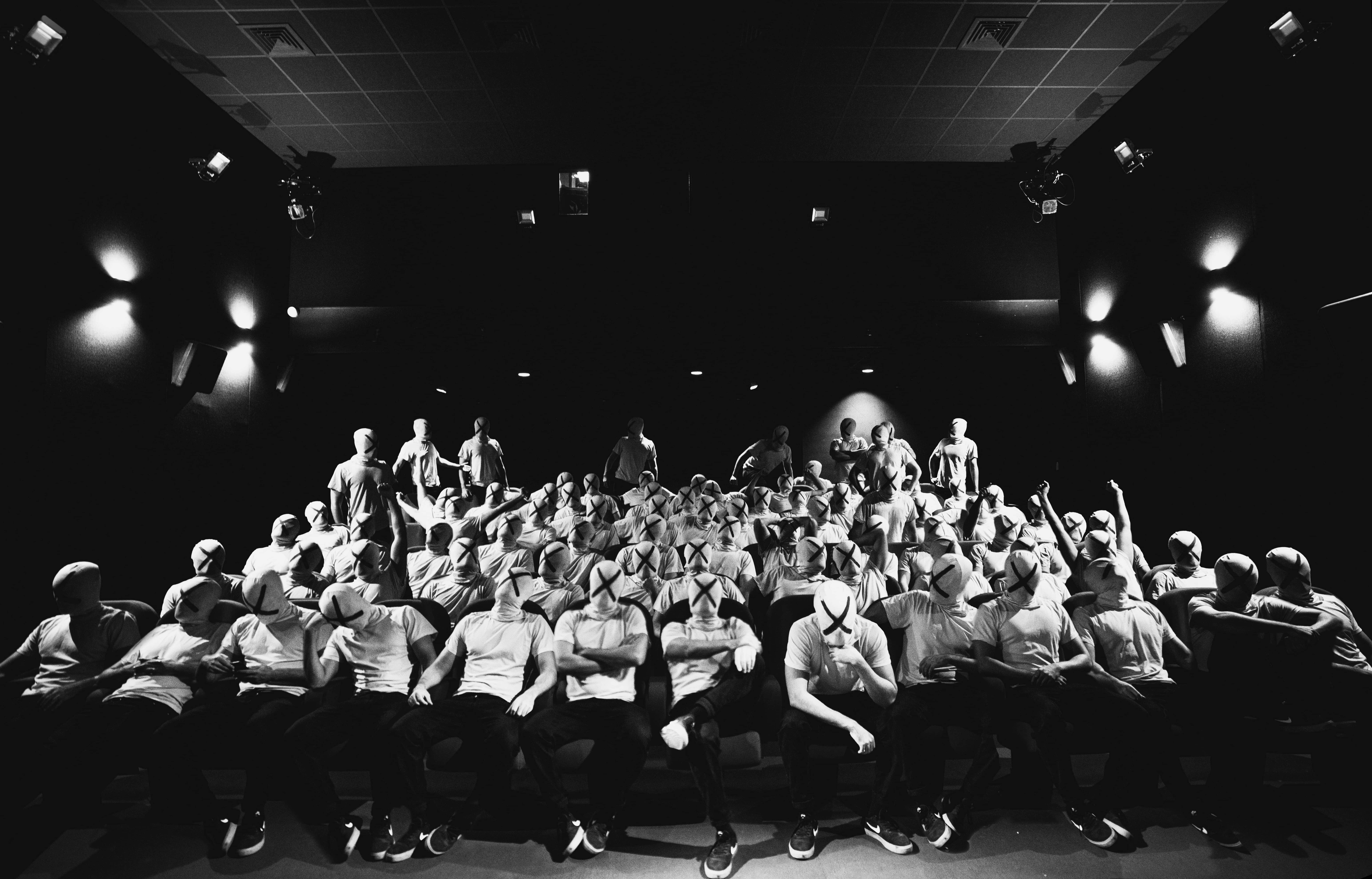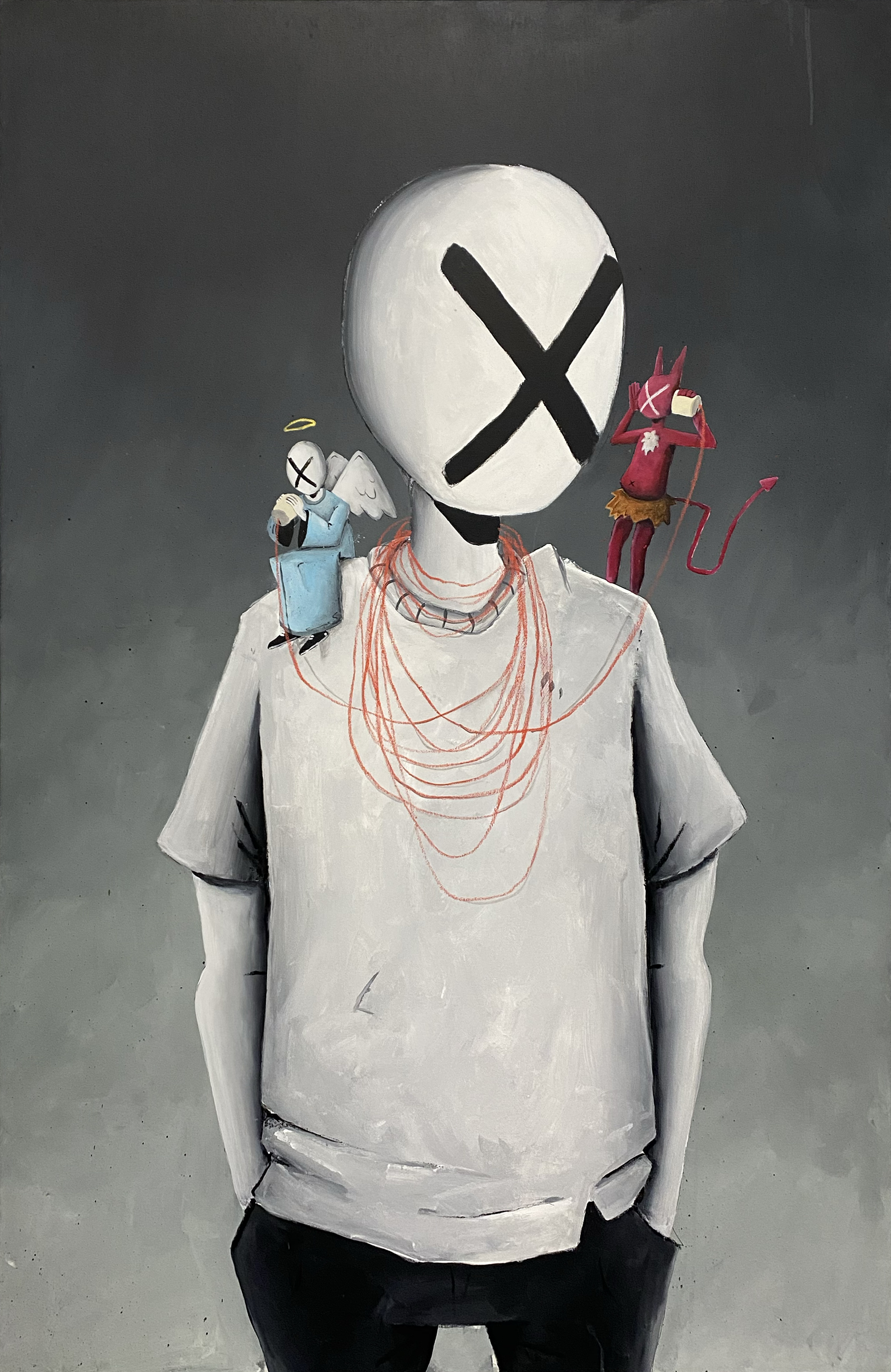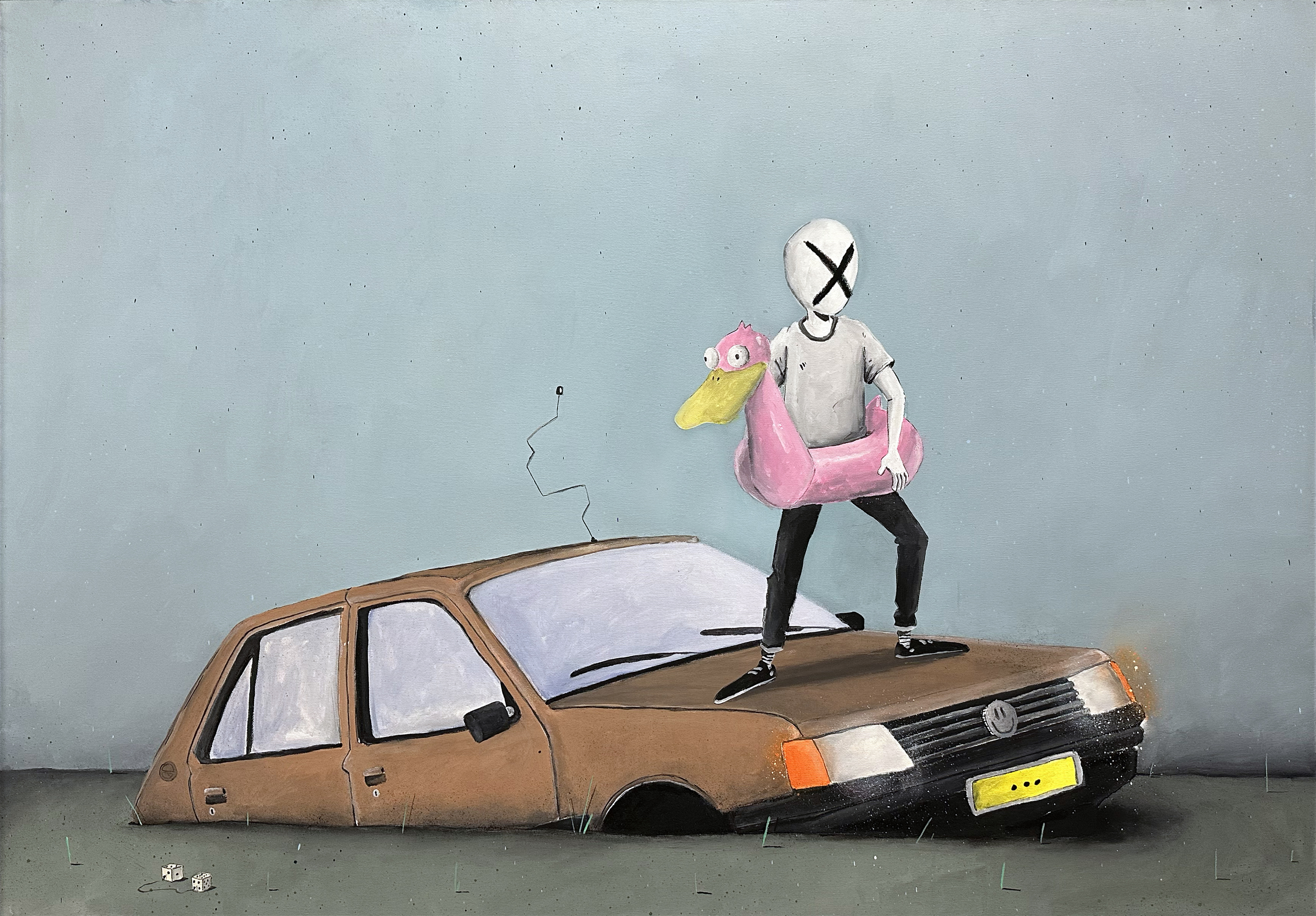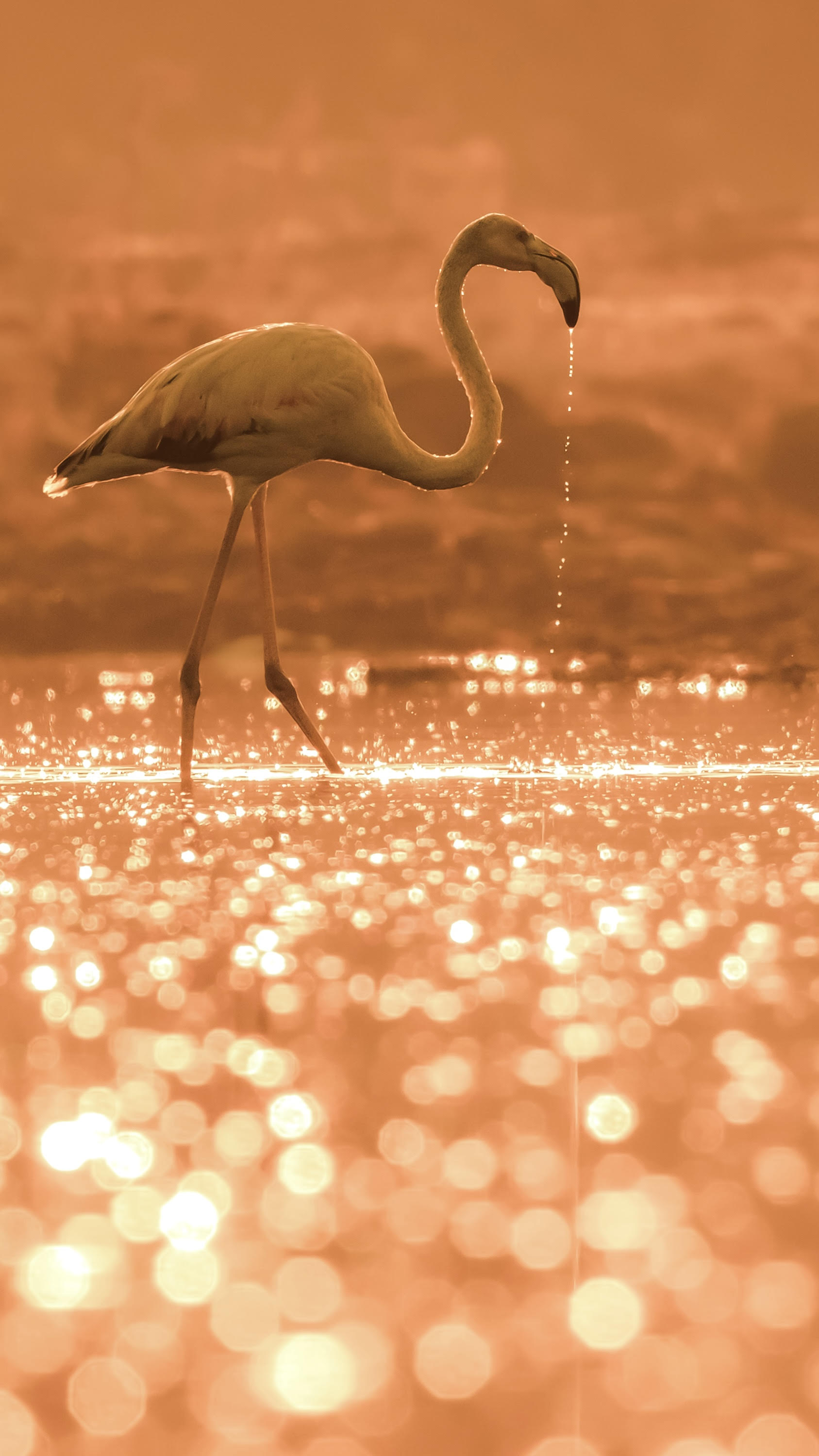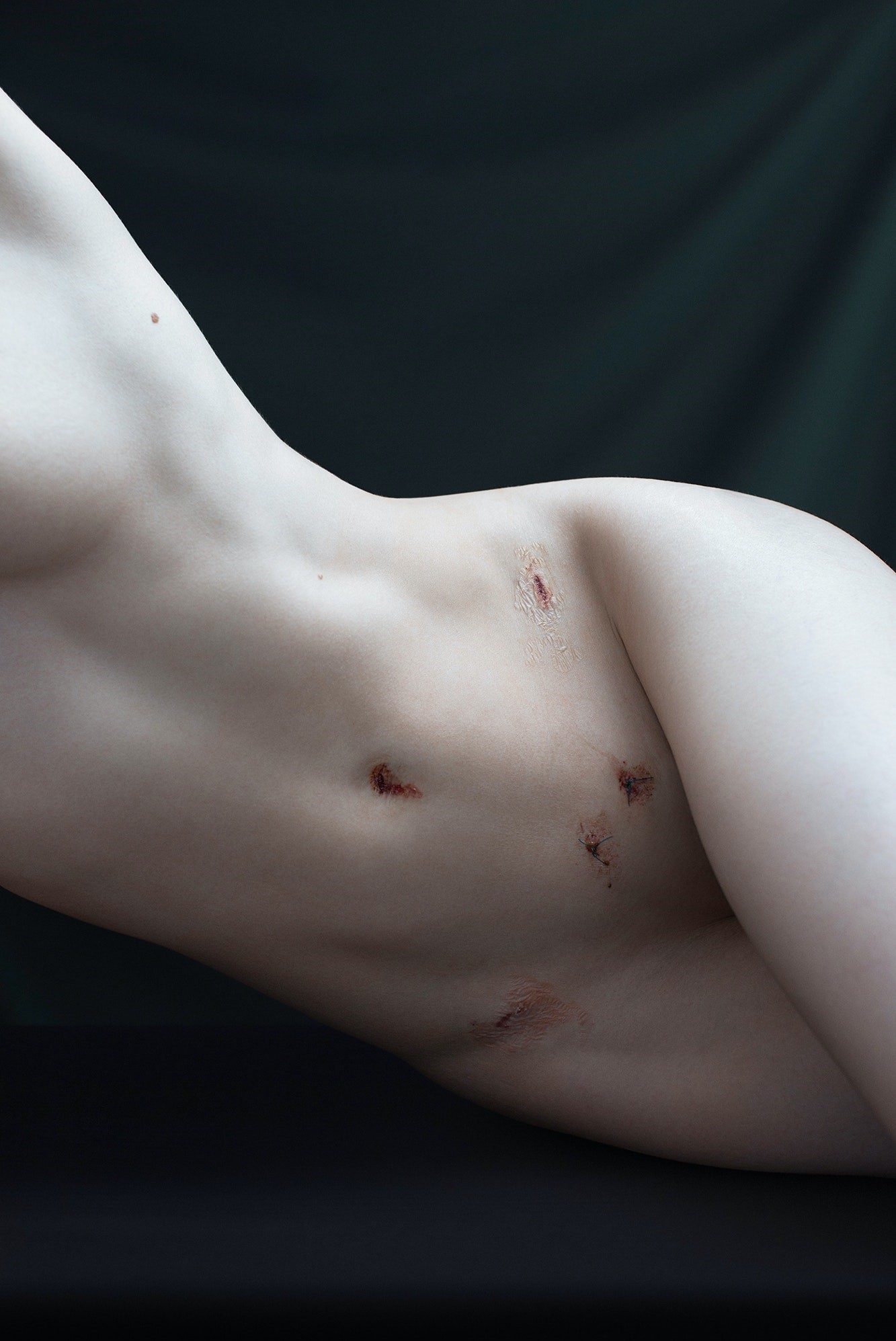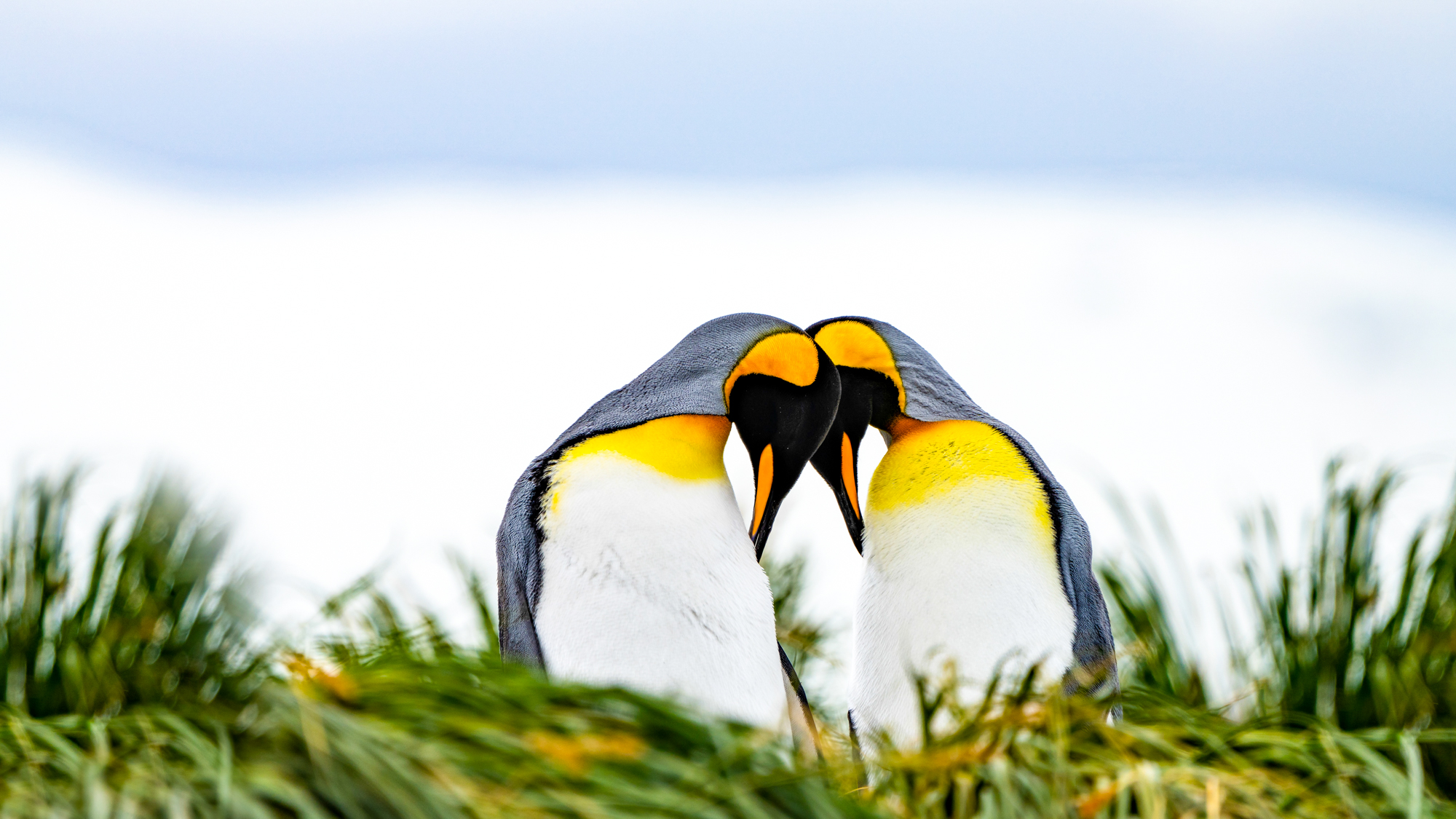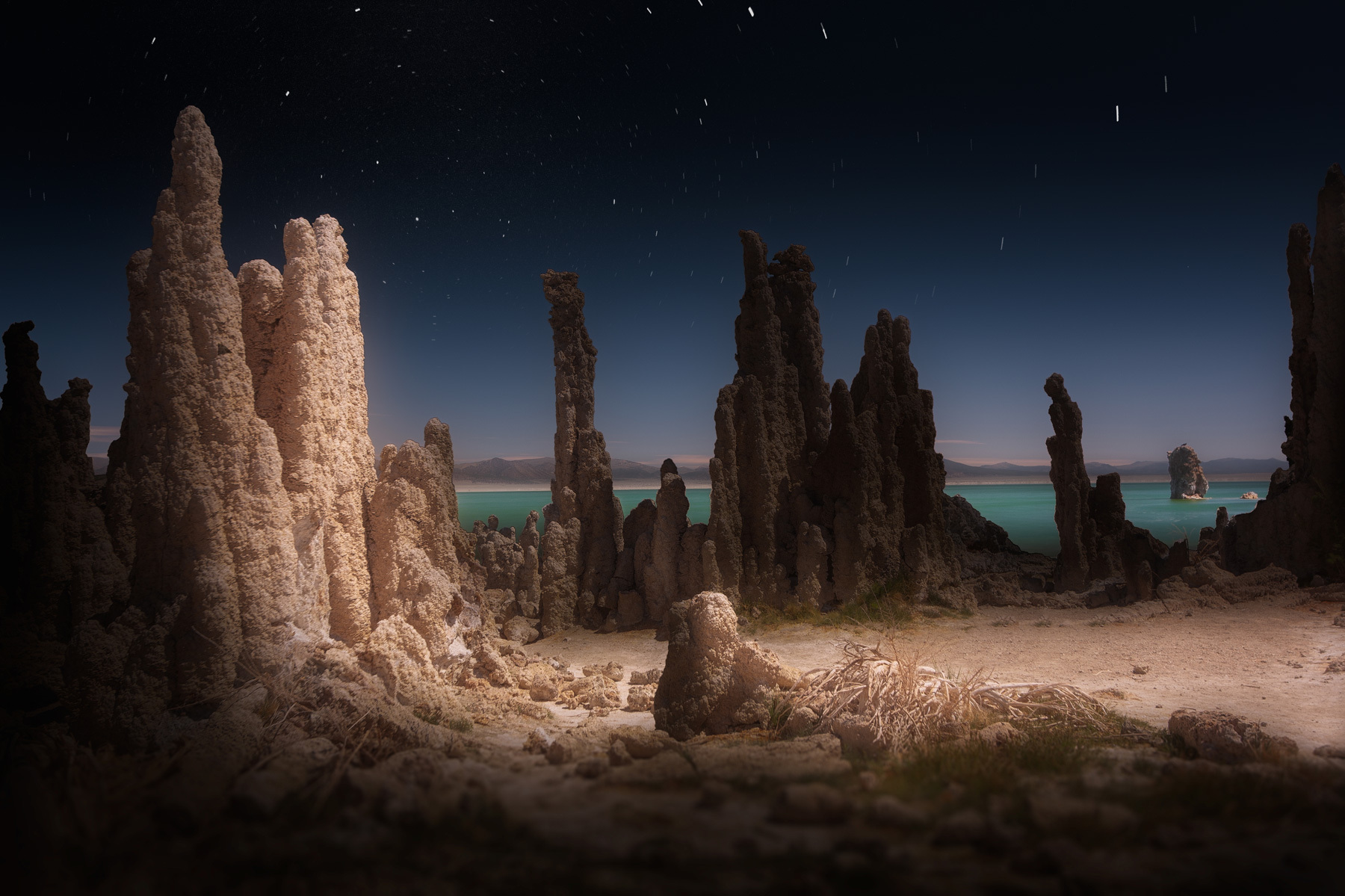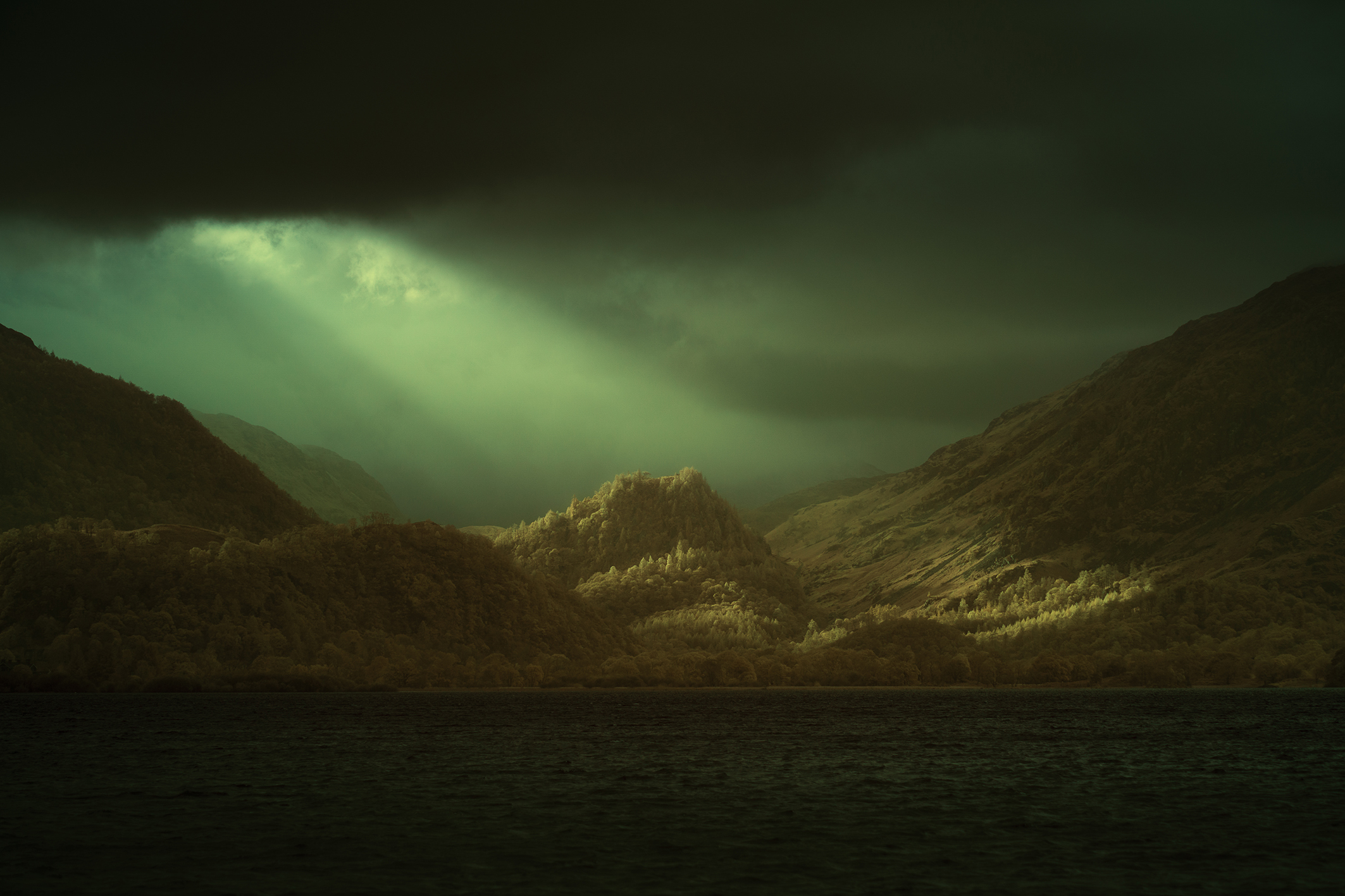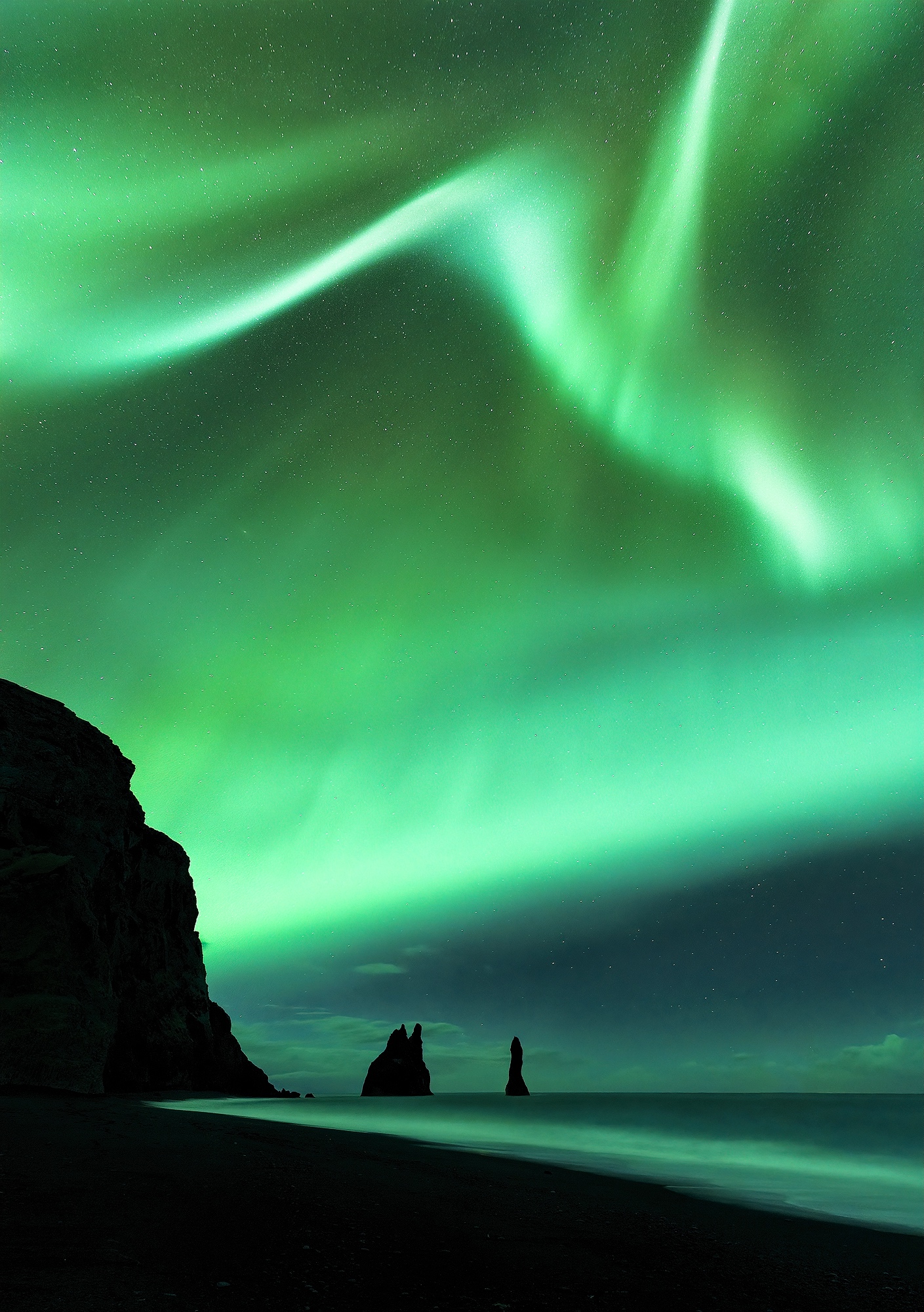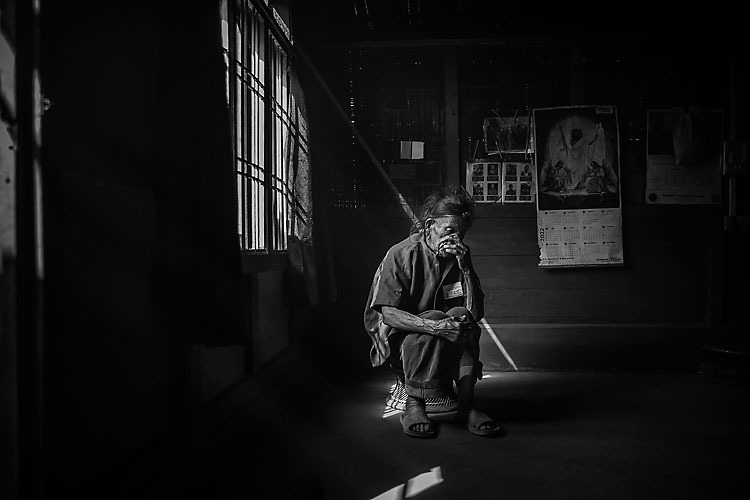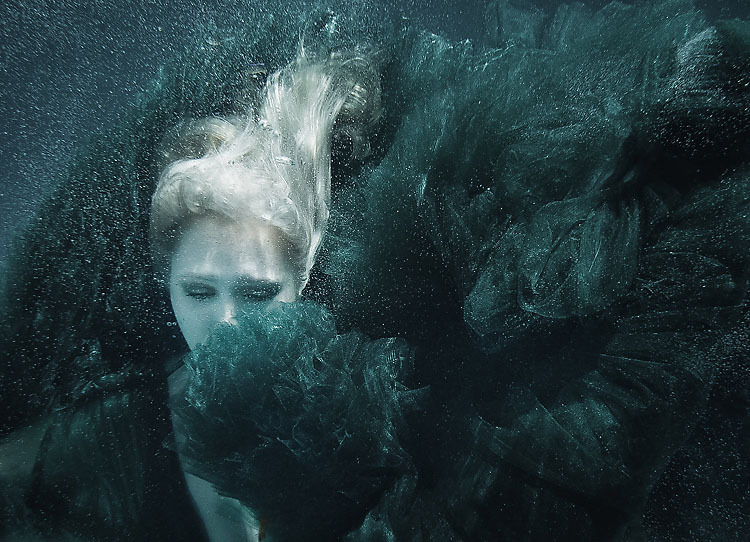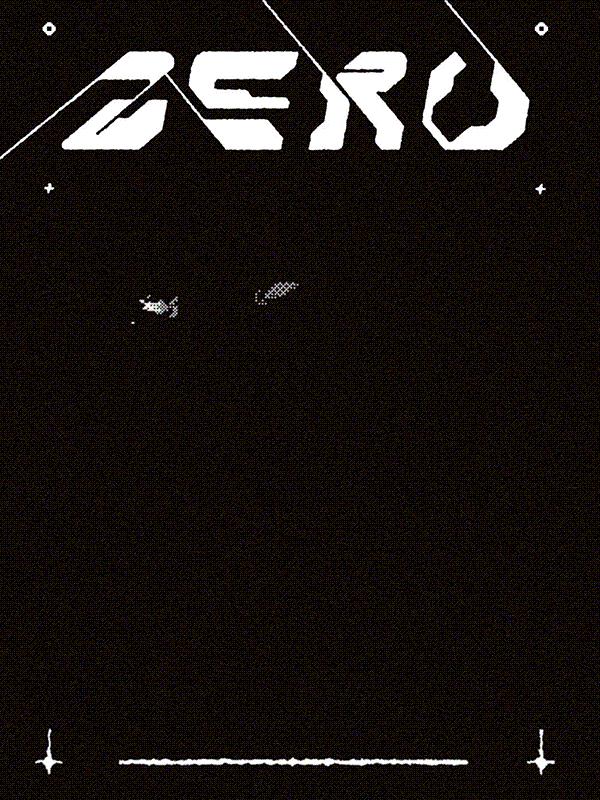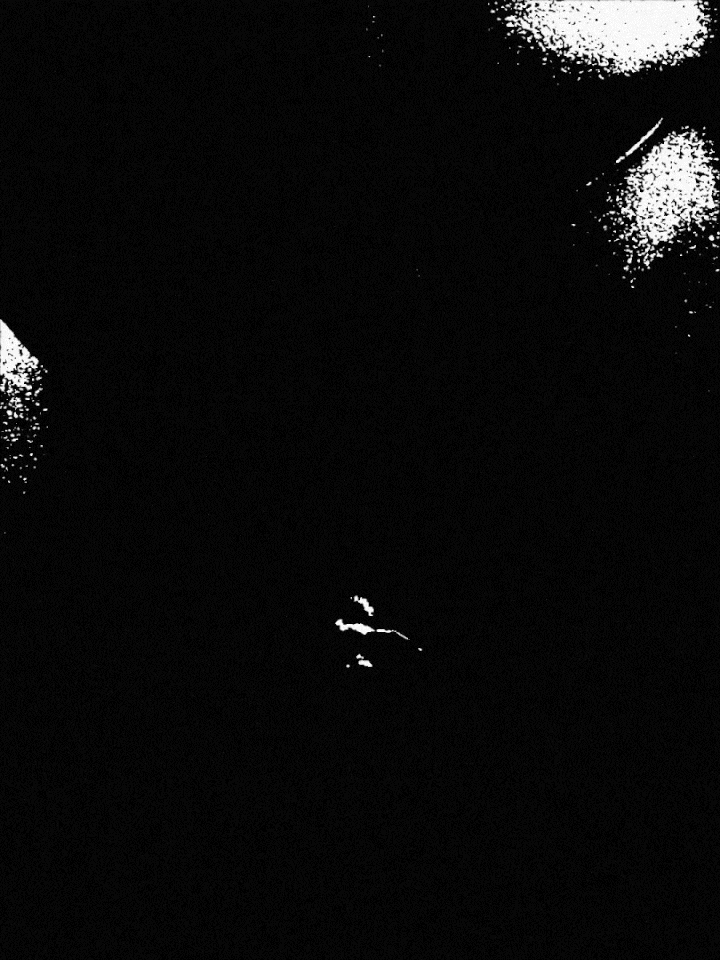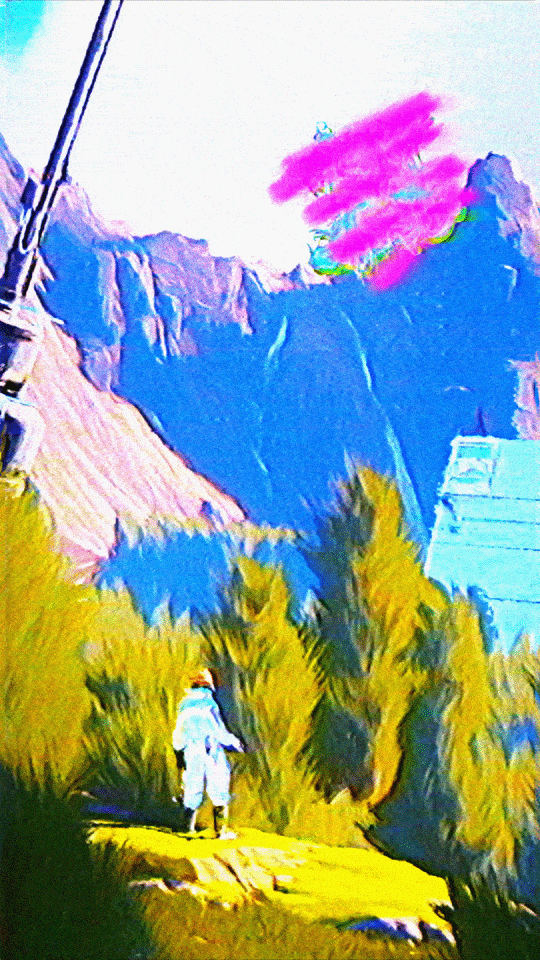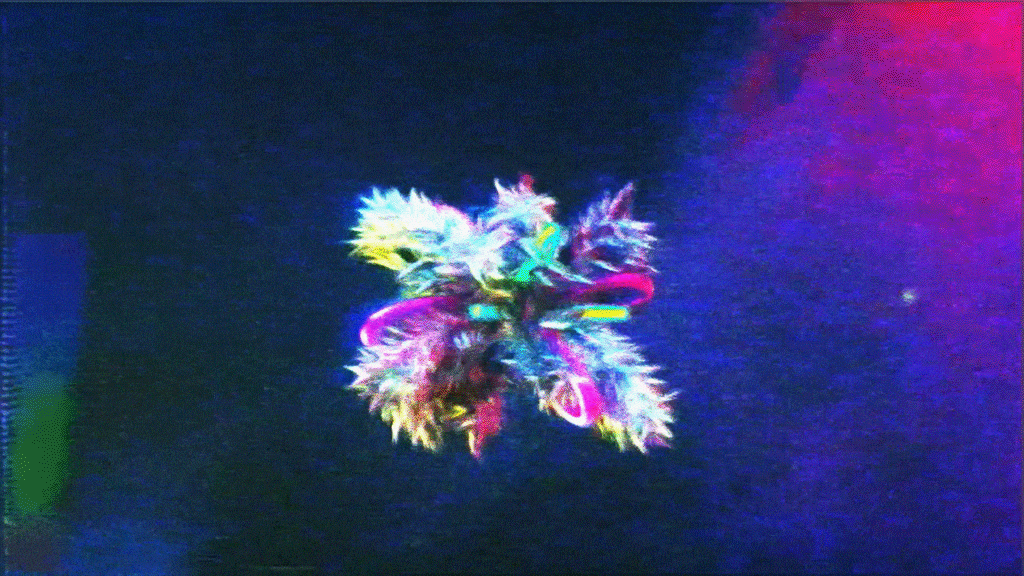Underwater photography | Adventure lover | Shark whisperer
Underwater photography | Adventure lover | Shark whisperer
.png)












"The history of the Grey Nurse Shark, and their interactions with humanity, is unsettling. It all started when a man was bitten by a shark on the west coast of Australia in 1963. The bite occurred during a spear fishing tournament. Bite marks suggests it was a great white. The man’s wound was very severe, but he did survive. Carrying dead fish around with you in the ocean has inherent risks. I need to quickly step back and tell you a little about the grey nurse shark. They are quite large with adults reaching 3.5m (11ft). Their body is sleek with a beautiful long tail, which they use like a whip to stun and capture small prey. Their needle like teeth, which spill out of their lower jaw, are used to capture, and hold their prey such as squid, rays, and fish. They are not equipped with the right teeth or jaw to hunt anything bigger than small fish and are not aggressive towards humans. Grey nurse sharks hunt at night, and during the day they congregate in large groups, normally around rocky outcrops just offshore. During this time, they “sleep,” basically they enter a relaxed and passive state. I have dived hundreds of times with them, and they have never made any aggressive actions to me or my fellow divers. The man that was bitten was angry and wanted revenge. Once he had healed, he formed a group to hunt sharks... any sharks. They equipped themselves with “power heads,” explosive tipped spears. Their first stop, the grey nurse shark congregation sites. The decimation was immense and unrelenting. When they ran out of spears, they used knives, yes, they swam down and stabbed the sharks to death. They yelled “even one shark is too many,” “a good shark is a dead shark,” and “the hunter becomes the hunted, revenge is sweet.” The men were heralded as heroes, they were branded as “Shark Fighters,” won awards, were featured in books and magazines, and even a movie was made. Meanwhile, the population of sharks collapsed, pushing the Australian grey nurse sharks to the brink of extinction. The popularity of the “Shark Fighters” attracted the attention of the global media. Everyone wanted footage of the man-eating monsters. “Sharks sell very well,” and “we want to put sharks into everyone’s living room”. A new underwater videography industry was created which, in an almost perverse twist of fate, lead to the invention/perfection of the shark cage. Divers could now enter the water and observe sharks without fear. All the additional time in the water gave the “Shark Fighters,” a better understanding of the shark’s behaviour and they soon realised they were not man eaters. The new revenue streams from underwater videography, and later tourism, tied their fates to that of the sharks. The “Shark Fighters” stopped killing and slowly turn to conservation. Fast forward to the present day. The man who was bitten at the very start of this story, was Rodney Fox. He is now regarded as a prominent shark conservationist. He sits alongside Ron and Valerie Taylor, two other “Shark Fighters” and their research has now helped people understand the importance and fragility of the shark’s population in Australia. The grey nurse shark was listed as endangered. This status opened up new regulatory and funding options to help protect the species. Extensive monitoring and tracking of the grey nurse have allowed scientist to identify and protect congregation and breeding sites whilst tracking population numbers. The recovery is slow, but it is increasing! Even today only 1300 grey nurse sharks roam up and down the east coast of Australia. However, with continued efforts it is believed the species will survive. There is hope! I will let you draw your own conclusion as to the moral of this story. I hope that it includes the concepts of ignorance and education."
"The history of the Grey Nurse Shark, and their interactions with humanity, is unsettling. It all started when a man was bitten by a shark on the west coast of Australia in 1963.
The bite occurred during a spear fishing tournament. Bite marks suggests it was a great white. The man’s wound was very severe, but he did survive. Carrying dead fish around with you in the ocean has inherent risks.
I need to quickly step back and tell you a little about the grey nurse shark. They are quite large with adults reaching 3.5m (11ft). Their body is sleek with a beautiful long tail, which they use like a whip to stun and capture small prey. Their needle like teeth, which spill out of their lower jaw, are used to capture, and hold their prey such as squid, rays, and fish. They are not equipped with the right teeth or jaw to hunt anything bigger than small fish and are not aggressive towards humans.
Grey nurse sharks hunt at night, and during the day they congregate in large groups, normally around rocky outcrops just offshore. During this time, they “sleep,” basically they enter a relaxed and passive state. I have dived hundreds of times with them, and they have never made any aggressive actions to me or my fellow divers.
The man that was bitten was angry and wanted revenge. Once he had healed, he formed a group to hunt sharks... any sharks. They equipped themselves with “power heads,” explosive tipped spears. Their first stop, the grey nurse shark congregation sites. The decimation was immense and unrelenting. When they ran out of spears, they used knives, yes, they swam down and stabbed the sharks to death. They yelled “even one shark is too many,” “a good shark is a dead shark,” and “the hunter becomes the hunted, revenge is sweet.”
The men were heralded as heroes, they were branded as “Shark Fighters,” won awards, were featured in books and magazines, and even a movie was made. Meanwhile, the population of sharks collapsed, pushing the Australian grey nurse sharks to the brink of extinction.
The popularity of the “Shark Fighters” attracted the attention of the global media. Everyone wanted footage of the man-eating monsters. “Sharks sell very well,” and “we want to put sharks into everyone’s living room”. A new underwater videography industry was created which, in an almost perverse twist of fate, lead to the invention/perfection of the shark cage. Divers could now enter the water and observe sharks without fear.
All the additional time in the water gave the “Shark Fighters,” a better understanding of the shark’s behaviour and they soon realised they were not man eaters. The new revenue streams from underwater videography, and later tourism, tied their fates to that of the sharks. The “Shark Fighters” stopped killing and slowly turn to conservation. Fast forward to the present day. The man who was bitten at the very start of this story, was Rodney Fox. He is now regarded as a prominent shark conservationist. He sits alongside Ron and Valerie Taylor, two other “Shark Fighters” and their research has now helped people understand the importance and fragility of the shark’s population in Australia.
The grey nurse shark was listed as endangered. This status opened up new regulatory and funding options to help protect the species. Extensive monitoring and tracking of the grey nurse have allowed scientist to identify and protect congregation and breeding sites whilst tracking population numbers.
The recovery is slow, but it is increasing! Even today only 1300 grey nurse sharks roam up and down the east coast of Australia. However, with continued efforts it is believed the species will survive. There is hope!
I will let you draw your own conclusion as to the moral of this story. I hope that it includes the concepts of ignorance and education."
cm
cm
















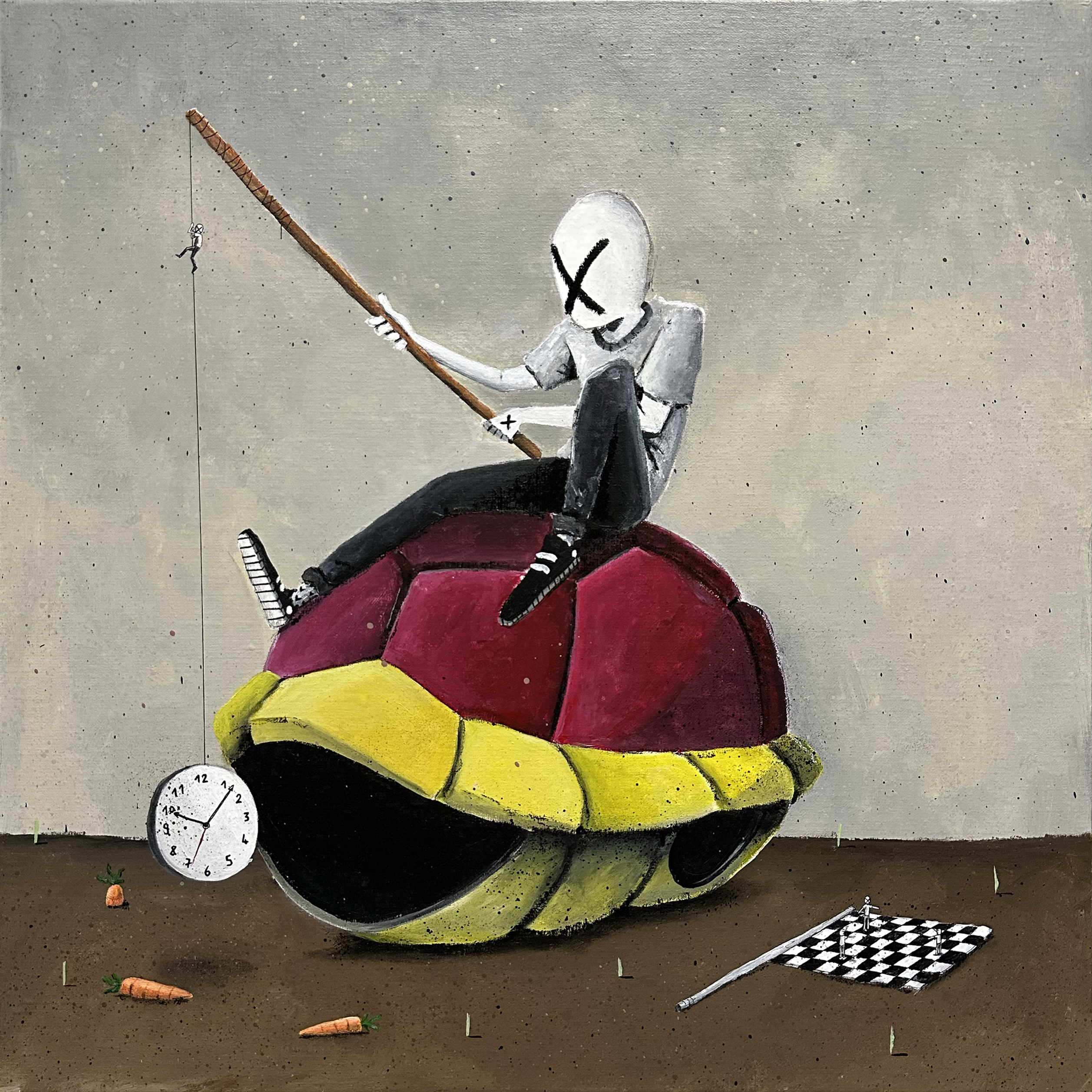

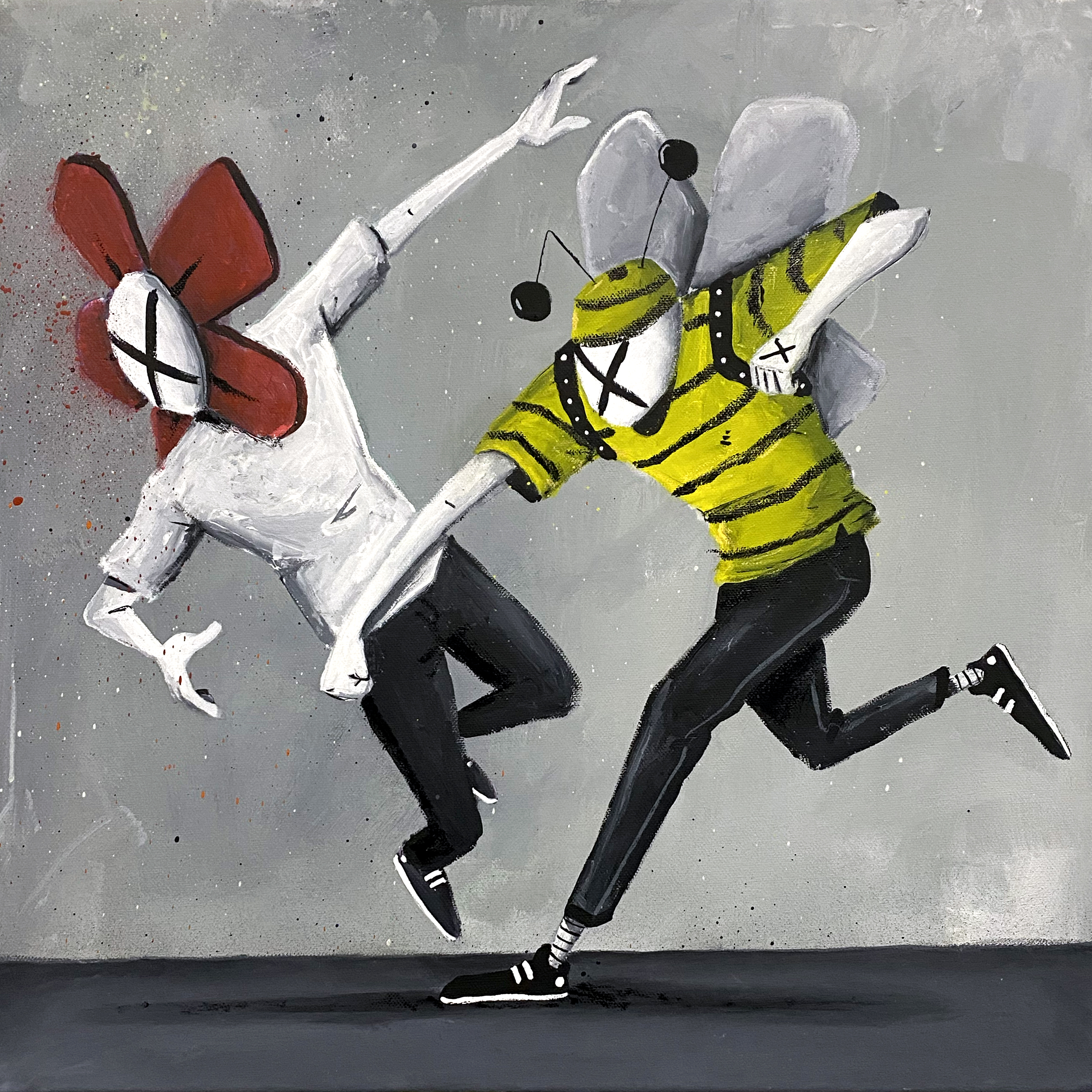

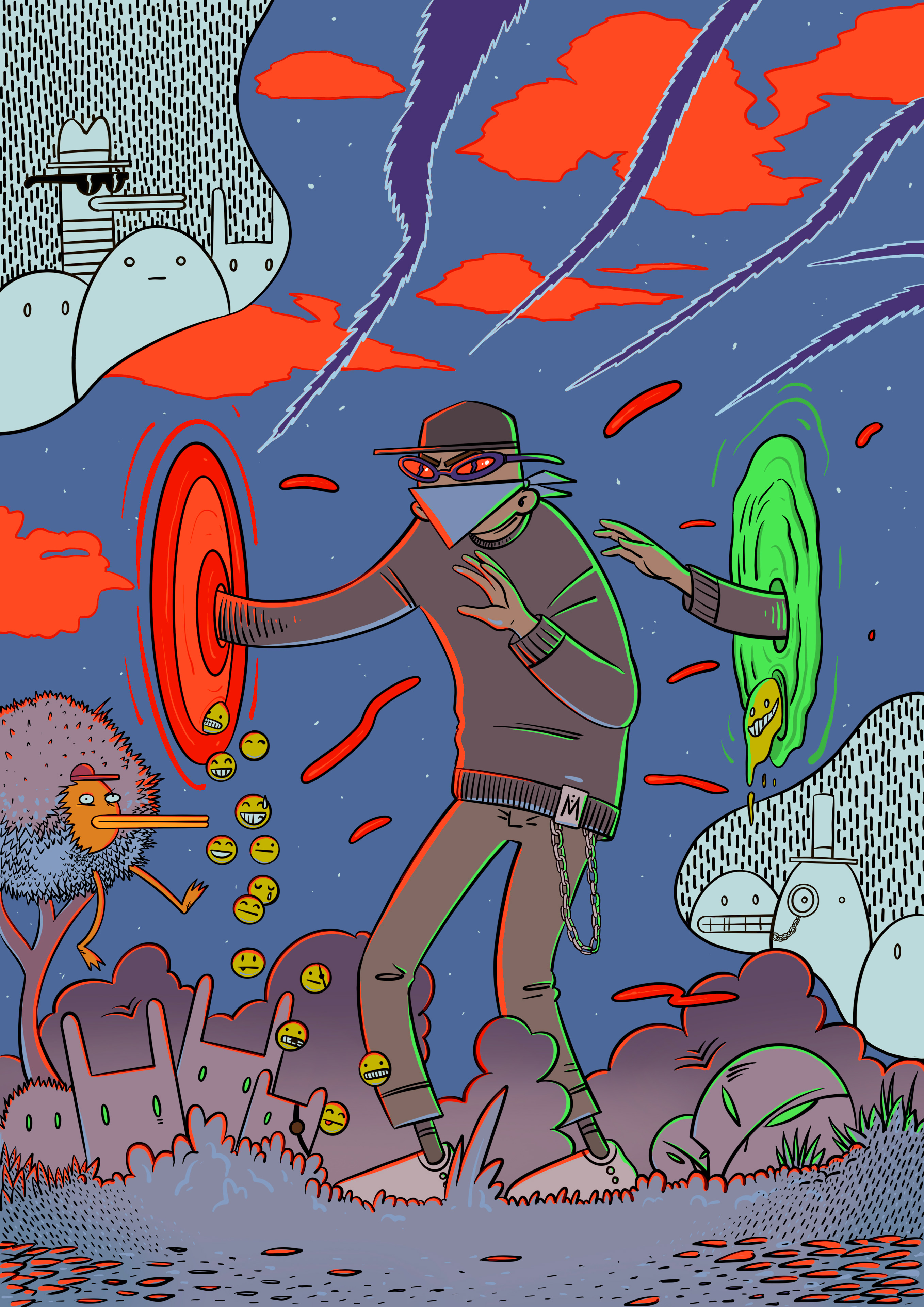
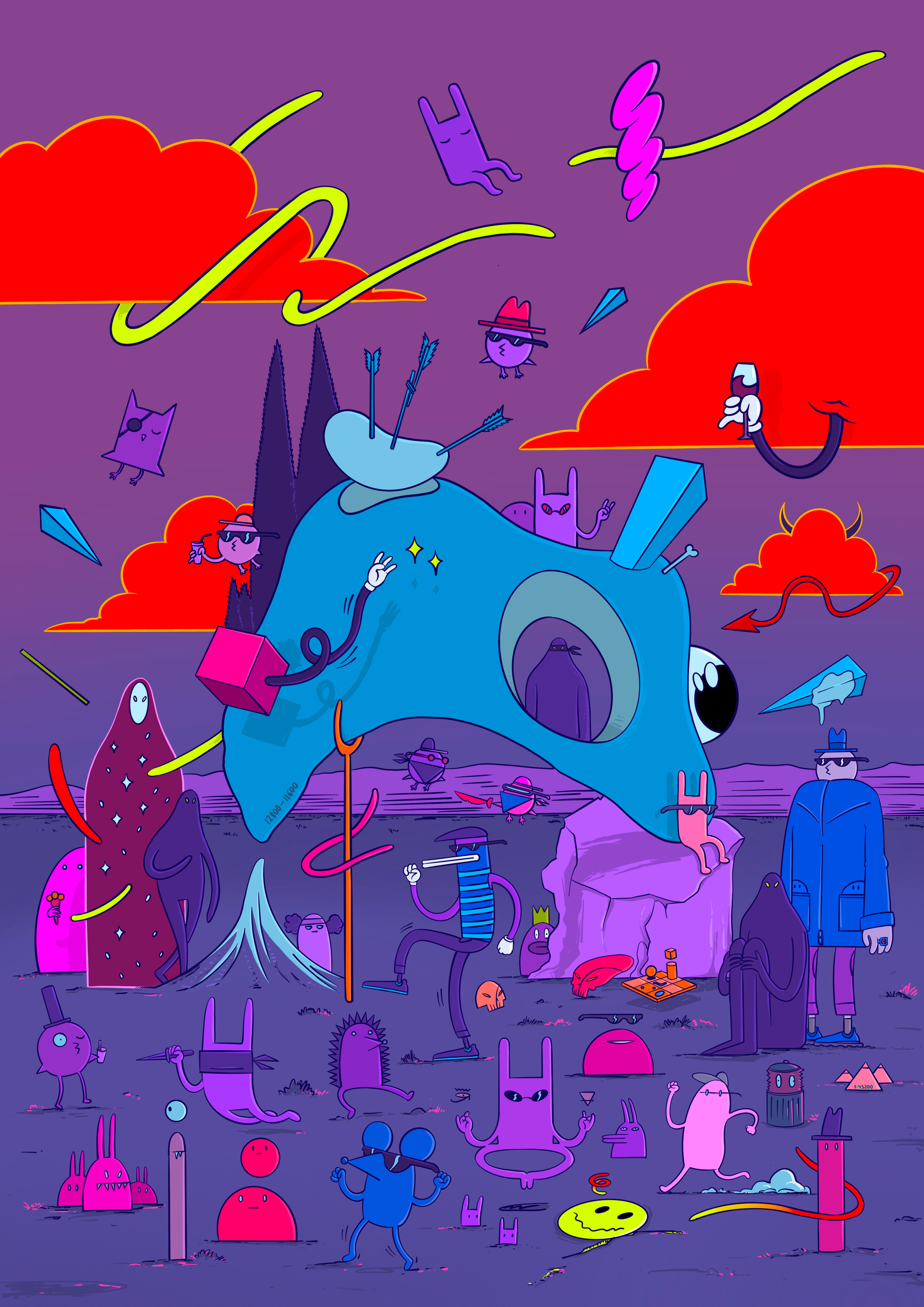
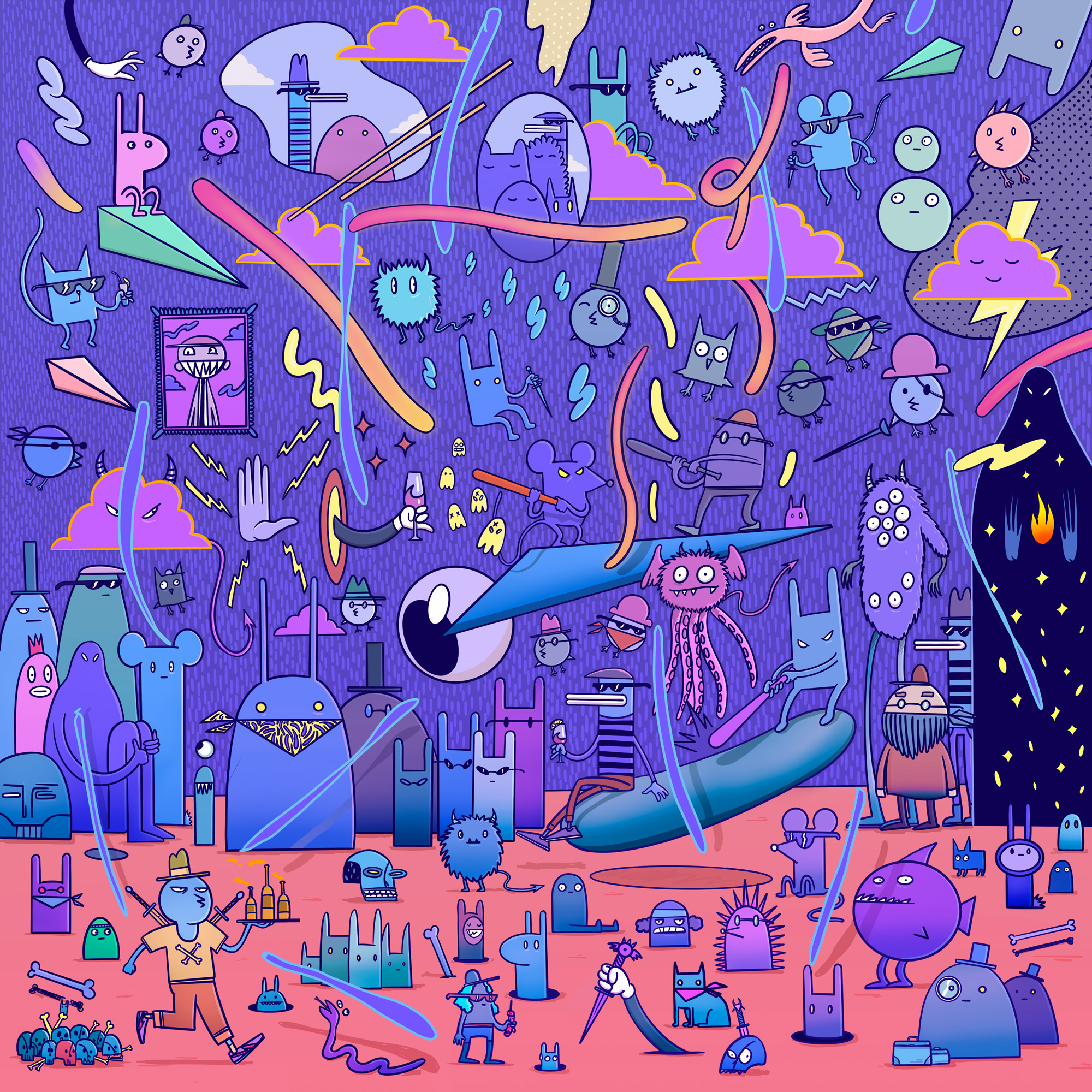

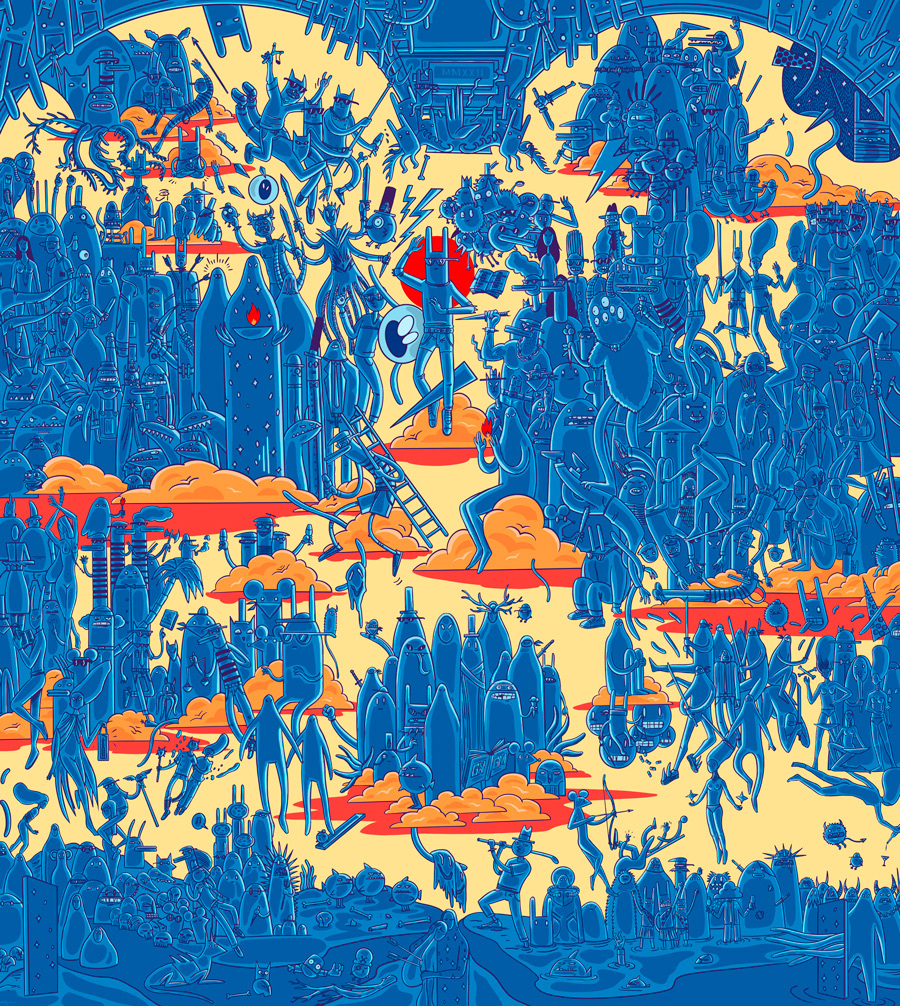
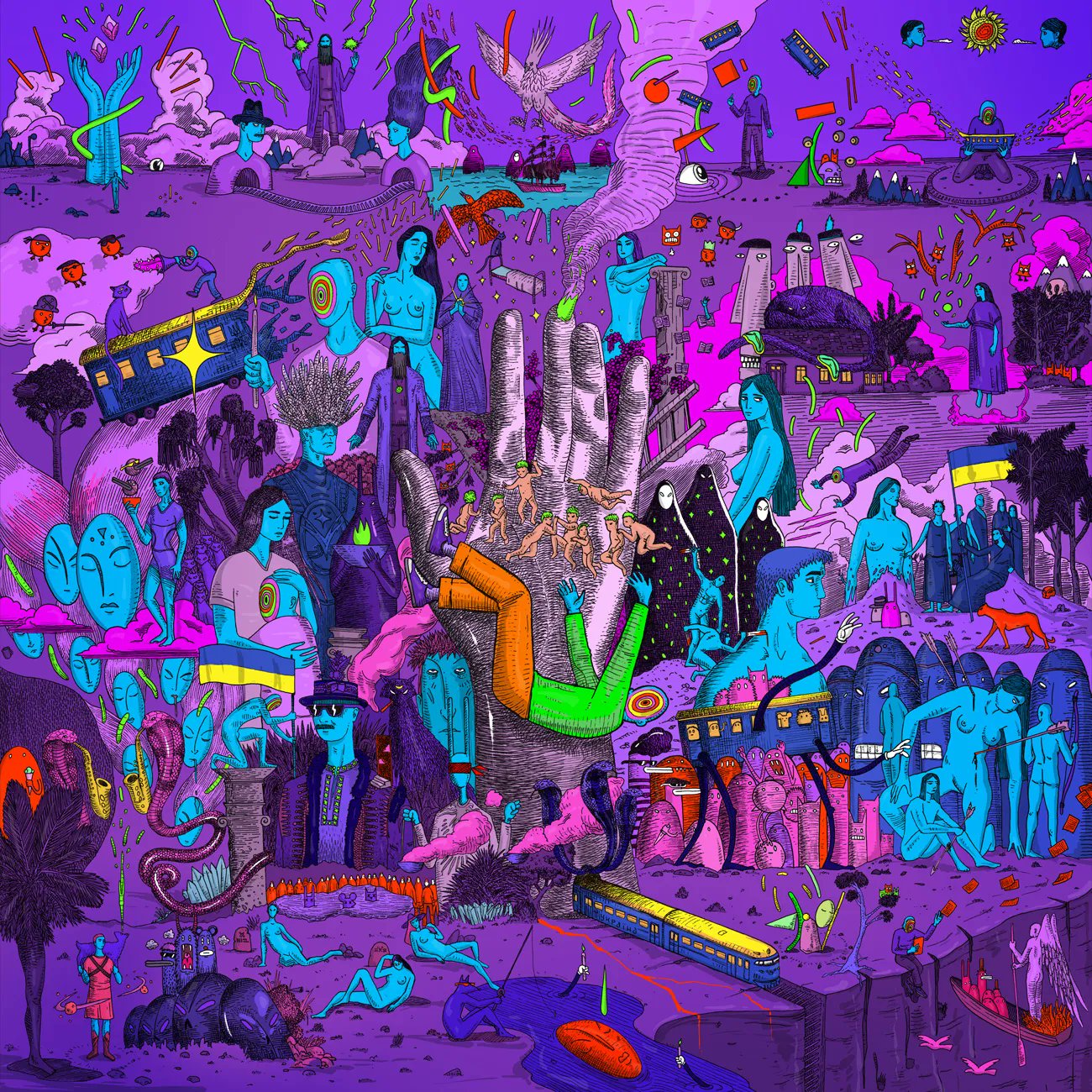








.jpeg)
